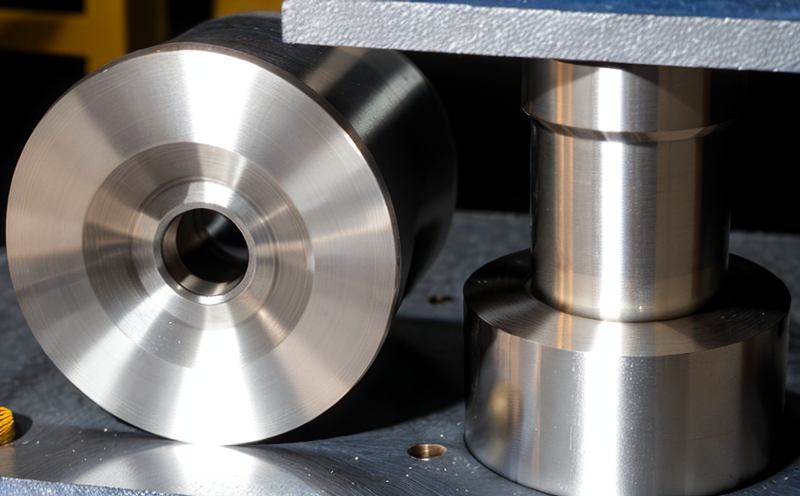ISO 26203 High Strain Rate Tensile Testing of Nanostructured Alloys
The ISO 26203 standard is specifically designed to provide guidance on conducting high strain rate tensile testing for nanostructured metals and alloys. This service is critical in the nanomaterials sector where understanding the mechanical behavior under extreme loading conditions is paramount for product development, quality assurance, and compliance.
The unique properties of nanostructured materials are a result of their atomic or molecular structure at a scale that can significantly impact mechanical performance. High strain rate testing allows researchers and engineers to assess how these nanomaterials behave under stress levels that mimic real-world applications, such as in automotive safety systems, aerospace components, and microelectronics.
High strain rates are often encountered in scenarios like crash tests or sudden impacts where the material must absorb energy efficiently. The testing method used here involves subjecting a specimen to rapid loading, which can be achieved through specialized test equipment capable of generating high-speed deformation. This service ensures that the testing conditions accurately reflect real-world stress scenarios.
The process typically starts with careful preparation of the nanostructured alloy specimens, ensuring they are free from defects and representative of the intended product. The specimens are then mounted in a tensile tester, where they undergo rapid loading until failure occurs. The data collected during this process includes strain rate, force, displacement, and time.
The ISO 26203 standard provides detailed guidelines on specimen preparation, testing procedures, and data analysis to ensure consistency across different laboratories. Compliance with these standards is crucial for obtaining reliable results that can be used in regulatory submissions or internal quality control processes.
One of the primary challenges in this type of testing is achieving precise control over strain rates, which requires highly specialized equipment capable of generating rapid deformation without introducing artificial stress. The use of advanced instrumentation such as high-speed cameras and force sensors ensures accurate measurement of both mechanical properties and deformation behavior.
| Application Area | Description |
|---|---|
| Aerospace | Testing for crashworthiness in high-speed impacts |
| Automotive Safety Systems | Evaluating performance under rapid loading conditions |
| Microelectronics Manufacturing | Ensuring reliability of components subjected to mechanical stress |
| Bioengineering | Assessing the durability and safety of medical devices |
The results from high strain rate tensile testing can provide valuable insights into the mechanical properties of nanostructured alloys, helping manufacturers optimize their products for better performance and safety. By adhering to international standards like ISO 26203, laboratories ensure that their testing methods are consistent with global best practices.
International Acceptance and Recognition
- The ISO 26203 standard is widely recognized by regulatory bodies around the world for its rigorous approach to high strain rate tensile testing.
- Many countries have adopted this standard as a benchmark for quality assurance in nanomaterials development.
- Testing laboratories that adhere to these standards are often preferred by manufacturers seeking compliance with global regulations.
- The use of standardized methods ensures consistent results, which is essential for international trade and collaboration.
Competitive Advantage and Market Impact
By offering ISO 26203 high strain rate tensile testing services, a laboratory can significantly enhance its reputation in the nanomaterials sector. This capability allows it to provide accurate and reliable data that are crucial for competitive advantage.
The ability to conduct this type of testing ensures compliance with international standards, which is increasingly important as markets become more globalized. It also enables manufacturers to stay ahead of regulatory changes by being prepared with up-to-date test results.
For R&D engineers and quality managers, having access to such a specialized service means they can focus on innovation without the burden of ensuring proper testing methods. This frees up resources that can be redirected towards product development or improving existing processes.
Use Cases and Application Examples
| Application Area | Description |
|---|---|
| Aerospace | Testing for crashworthiness in high-speed impacts |
| Automotive Safety Systems | Evaluating performance under rapid loading conditions |
| Microelectronics Manufacturing | Ensuring reliability of components subjected to mechanical stress |
| Bioengineering | Assessing the durability and safety of medical devices |





